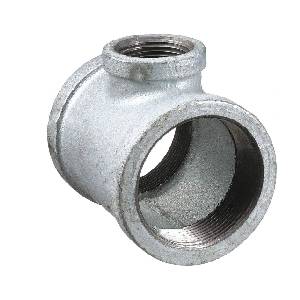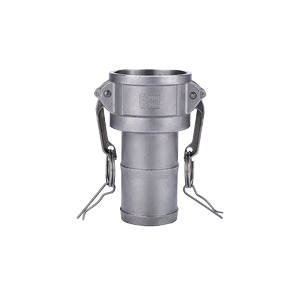Piping systems form the lifeline of industrial infrastructure, and reducing tees has emerged as a critical component in creating efficient, versatile, and reliable multi-diameter pipe connections.
In the dynamic industrial landscape of the United Arab Emirates, these innovative components are transforming how engineers and professionals approach complex piping challenges.
Understanding Reducing Tees: Engineering Excellence
A reducing tee represents a sophisticated piping solution designed to connect pipes of different diameters seamlessly. Crafted from high-quality malleable iron, these components range from 1/2″ to 6″ in size, offering unprecedented flexibility in diverse industrial applications. Precision forming ensures exact dimensions, making them a cornerstone of modern engineering solutions.
Versatility Across Industrial Sectors
Reducing tees demonstrates remarkable adaptability across multiple industries. From oil and gas to petrochemical processing, power generation to water treatment plants, construction to aerospace, these components provide reliable connections that meet stringent industrial standards. Manufacturing facilities in the UAE increasingly rely on reducing tees to optimize their piping infrastructure.
Key Features That Set Reducing Tees Apart
Engineers appreciate reducing tees for their exceptional design characteristics. Precision-manufactured, these components feature corrosion-resistant coatings that enhance durability and longevity. Customization options allow professionals to tailor solutions to specific project requirements, ensuring maximum compatibility and performance.
Seamless Installation and Connection
Installation efficiency stands as a hallmark of reducing tees. Designed for easy connection, these components minimize complex fitting procedures and reduce installation time. Professionals can quickly integrate reducing tees into existing piping systems, streamlining project timelines and reducing overall implementation costs.
Industry-standard compliance and Quality Assurance
Quality remains paramount in industrial applications. Reducing tees adheres to rigorous industry standards, offering certified quality assurance that meets the most demanding specifications. Manufacturers invest significant resources in ensuring each component delivers consistent performance across challenging operational environments.
Applications in Critical Infrastructure
The versatility of reducing tees extends across numerous critical sectors. Chemical processing plants rely on these components for precise fluid management. Power generation facilities utilize reducing tees to optimize cooling and distribution systems. Water treatment plants depend on their reliable performance for complex piping configurations.
Technological Innovation in Piping Solutions
Reducing tees represent more than just mechanical components. Advanced manufacturing techniques enable precise engineering that addresses complex industrial challenges. Materials science innovations contribute to developing reducing tees that withstand extreme temperatures, pressures, and corrosive environments.
Economic and Operational Benefits
Investing in high-quality reducing tees yields significant economic advantages. By providing reliable connections and minimizing potential failure points, these components help organizations reduce maintenance costs and improve operational efficiency. Manufacturing and infrastructure projects in the UAE can achieve substantial long-term savings through strategic component selection.
Sustainability and Environmental Considerations
Modern reducing tees contribute to sustainable engineering practices. Precision manufacturing and corrosion-resistant materials prolong component lifecycles and cut down on material waste. Intelligent piping solutions allow industries to reduce their environmental impact while upholding high-performance standards.
Conclusion: A Critical Component in Modern Engineering
Reducing tees have transformed from simple mechanical components to sophisticated engineering solutions. These amazing devices stand for accuracy, dependability, and creativity for industries in the United Arab Emirates and around the world. Reducing tees will surely become more important in forming industrial infrastructure as technological demands grow more complex.

